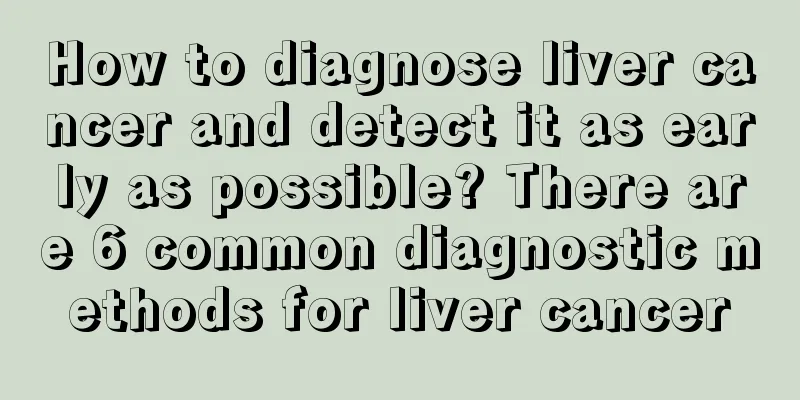The difference between a lump and a cyst

|
The biggest difference between a lump and a cyst is that a lump is a symptom, while a cyst is a disease. The lumps are sometimes hard, and there are many diseases that can cause lumps, the most common of which are swollen lymph nodes when the human body is inflamed. A cyst is a benign disease that can grow on the surface of the human body or inside its internal organs. Lump: 1. Physiological "mass" It is not a true disease but is sometimes mistaken for a pathological mass. In addition to the uterus, bladder, and fecal masses, the muscles between the well-developed rectus abdominis tendons, the spine or sacral promontory in emaciation, and the spontaneously spasmodic intestines may all be misdiagnosed as pathological. Even the abdominal aorta of people with soft or weak abdominal walls may be mistaken for a "pulsating mass." 2. Inflammatory mass It is often accompanied by signs of inflammation such as fever, local pain, and increased white blood cell count. Such as periappendicitis mass, mesenteric lymph node tuberculosis, perirenal abscess, etc. 3. Tumorous mass Most of them are substantial masses. Malignant tumors are the majority and are characterized by rapid development, with anemia, weight loss and cachexia in the late stages; benign tumors have a long history and are larger, smoother and have a certain degree of mobility. 4. Cystic mass Most of them are round or oval, with a smooth surface and a sense of undulation. Common ones include congenital polycystic liver, polycystic kidney, urachal cyst; retention pancreatic cyst, hydronephrosis; tumorous ovarian cyst; inflammatory gallbladder effusion, hydrosalpinx, encapsulated effusion; parasitic hydatid cyst, etc. 5. Obstructive mass Obstructive masses in the gastrointestinal tract can cause abdominal pain, bloating, vomiting, or constipation without flatus; masses obstructing the bile duct cause painless jaundice, usually without fever; masses obstructing the urinary tract often cause swelling and pain in the lower back. 6. Traumatic mass Such as spleen rupture hematoma in the left upper abdomen, pancreatic pseudocyst in the upper abdomen, retroperitoneal hematoma in the lower abdomen or pelvis, etc. See Abdominal Trauma. Cyst Cyst is a benign disease that can grow on the surface of the human body or in the internal organs. A cyst is a benign sac-like mass that grows in an organ in the body and its contents are liquid. Generally speaking, common cysts include "renal cysts", "liver cysts", "simple ovarian cysts" and "chocolate cysts". Renal cysts are further divided into simple solitary renal cysts and polycystic kidneys. Causes A congenital hereditary 1. Pilocyst: In the past, sebaceous cysts were inherited in an autosomal dominant manner. 2. Multiple steatocystoma: autosomal dominant inheritance. 3. Dermoid cyst: It is congenital and present at birth. 4. Bronchogenic and thyrohyoid duct cysts are caused by congenital developmental abnormalities. 5. Midline penile cysts are caused by congenital developmental abnormalities. 6. The etiology of eruptive anthrax cysts is unclear. Some reports believe that it is an autosomal dominant inheritance. |
<<: What should I do if the zipper doesn’t work?
>>: What are the tips for zipping up?
Recommend
How to treat anal eczema?
The treatment and prevention of anal eczema shoul...
Does hamartoma affect fertility
In recent years, hamartoma has such a high probab...
What is abdominal breathing?
Nowadays, abdominal breathing is becoming more an...
How to check for early lung cancer? These methods are very good for treating early lung cancer
Lung cancer has a series of early symptoms, such ...
What are the exercises for the early stages of colorectal cancer
Although the incidence of colorectal cancer is ge...
What are the causes of tongue cancer?
Cancer, we often hear that the disease is cruel a...
How to treat anal fistula?
Anal fistula is a very troublesome disease sympto...
What tea set is best for brewing tea?
Normally we use bowls when we eat, special wine g...
Can I have a natural birth if I have severe hemorrhoids? What are the conditions?
The presence of hemorrhoids can affect the health...
The importance of confidence
Confidence is a manifestation of human psychology...
The functions and effects of royal jelly capsules
Royal jelly capsules can be used to regulate the ...
Is the chance of curing nasopharyngeal carcinoma high?
What is the cure rate of nasopharyngeal carcinoma...
How much does it cost to care for glioma
How much does it cost to care for glioma? Glioma ...
What are the symptoms of vitamin d deficiency?
Vitamin D is one of the vitamins that we need to ...
How does the famous esophageal cancer hospital in China treat esophageal cancer
The esophageal cancer we often talk about in our ...









